Earlier this year, my family and I made a short trip to Taiwan. The decision to do so was partly due to the fact that my mother and I wanted to see if we could use our Hokkien, particularly after having occasionally watched a few of the Taiwanese Hokkien dramas on free-to-air TV. We also wanted a destination closer to home. It’s no surprise why we decided on the East Asian island. Oh, we also went on a private tour, mainly to save on the walking. So, in early January, we jetted off to the country, after nearly having to forgo the trip, especially because we were indisposed the entire week before our scheduled departure. Here’s what you can expect if you’re making a trip to Taiwan.
FINDING COMMON GROUND IN TAIWAN
In general, Standard Chinese or Mandarin is used. So, it can be tricky if you don’t speak and/or read Chinese. I had a good laugh when I saw many of the command buttons on our TV remote control were in Chinese characters, which I can barely read. Even at restaurants, unless there’s English, or the waiter/waitress happened to know enough English to be able to understand the specifics of your orders, you can bet that every word spoken and written is in Chinese. Communicating with our private tour guide was also a challenge… until we asked if he knew Hokkien – what a relief to find out that his Hokkien is similar to Malaccan/Riau Hokkien. Even within Taiwanese Hokkien, there are varieties. Once, while waiting to be checked into our hotel room, I couldn’t help but notice the large tour group within sight from where I was sitting. From their tone, I could tell they were speaking in Hokkien. Yet, I couldn’t understand a single word, no matter how hard I tried to listen to what was happening.

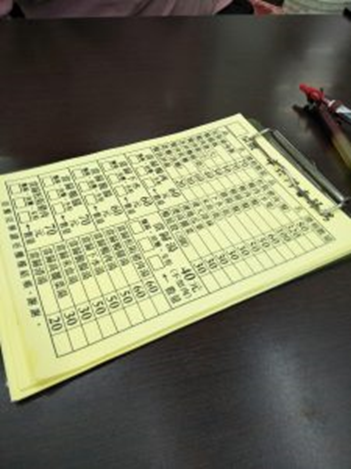
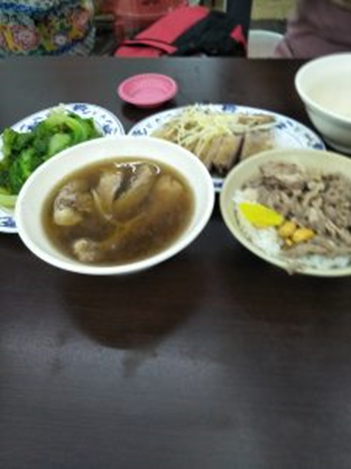
Yet another characteristic I noticed: it’s not unusual for the locals to switch from Mandarin to Hokkien. For example, ‘bu hao yi si’ to ‘phai se’ (to mean excuse me, or sorry I didn’t mean to…). There was this elderly lady, sitting next to me in the shuttle bus (on the way home from the Taiwan Flora Expo). And because the shuttle bus was going at a speed that would make many of us feel safer by holding onto the handrail, naturally, both of us decided to do so. In doing so, her gripping hand had accidentally come into contact with mine – that’s when she uttered those phrases. Separately, the code-switching/mixing also occurred during a visit to a tea shop in Taipei to get some oolong tea. But then, they would usually do so at a comfortable pace. This helps, especially if you’re used to one language/dialect over the other. Hey, it’s something like how Malaysians code-switch/mix, especially in a multi-ethnic society.
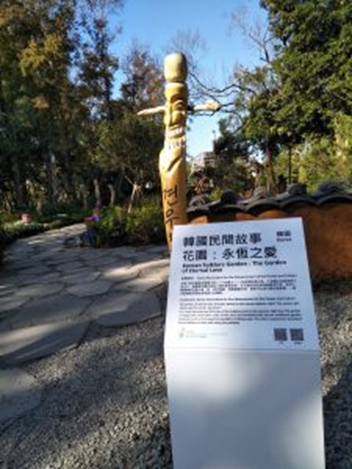
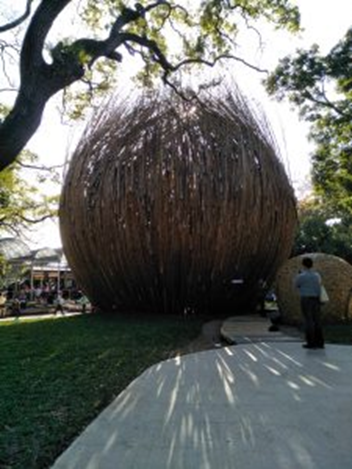
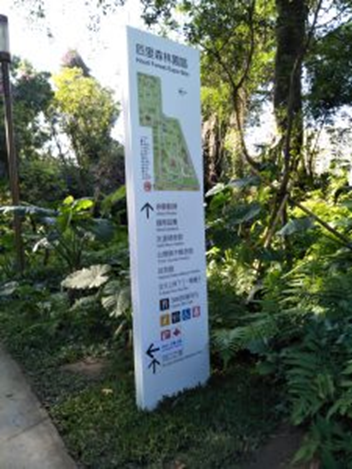
When you’re somewhere outside your home country, you’re likely to discover something you’ve been taking for granted. Because of the gradual bringing back of Taiwanese Hokkien dramas on TV, I’ve always associated Hokkien with Taiwan. But that completely changed when we went to the Taiwan Hakka Museum in an area called Miaoli, where the Hakka community lives. In fact, there’s even a section on the Hakka community in Malaysia. Oh yeah, can anyone help to re-confirm if all the employees at the museum are fluent in Hakka? Even if there are slight differences between the Hakka spoken in Taiwan and Malaysia, knowing that you have some similarities can help you connect with the locals better. My late paternal grandmother was a Hakka lady whom I never got to meet because she had passed on way before I was born. Otherwise, I would have picked up Hakka, in addition to Hokkien.
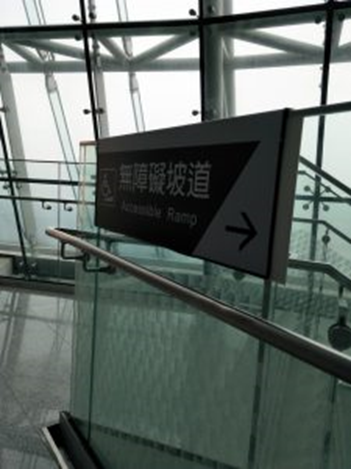
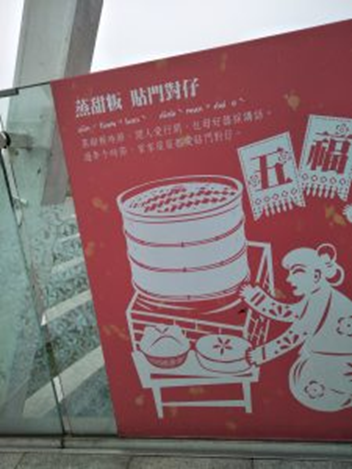
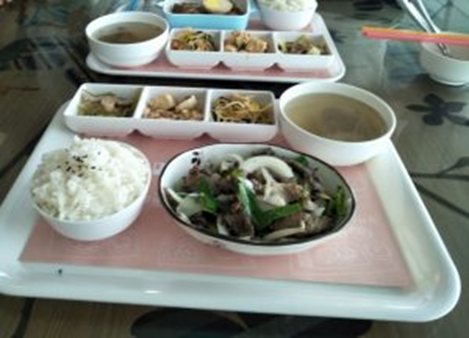
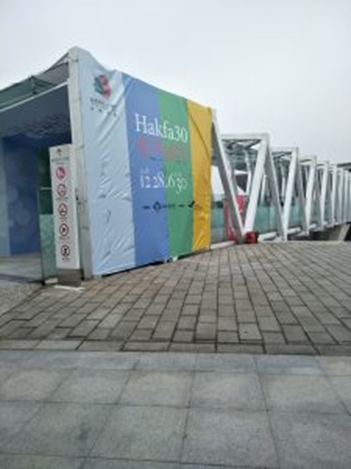
Separately, we overheard tourists speaking in Cantonese. From the way they emphasised and pronounced certain words, I could tell they were not from Malaysia.
Perhaps the one that made me feel much closer to home was when we were in Jiufen (Kau-hun in Hokkien Oe). We were trying to navigate the steep and narrow roads in the area when we heard a guy’s voice: Eh, jap ah! In a state of semi-panic, my mum and I partially turned our heads, while making sure we wouldn’t knock into something by accident. We knew it was someone from behind us, but we couldn’t identify who said it, as it was also getting dark. In both my mum’s head and my head, we were thinking: Eh? Familiar or not? “Isn’t that Malay?” My mum asked me. I needed a little more confirmation, and it came when he later said, “Bagi diorang jalan dulu!” At this point, I saw three heads turn, including my dad’s. My father then said, “Eh, he’s referring to us-ah?” When my mum and I realised the stranger was referring to us, we quickened our pace but not without expressing our thank yous. We ultimately learnt that the kind stranger was a Singaporean (For the benefit of my international audience, and those who don’t understand colloquial Malay, the guy basically indicated to his friends that they should give way to us).
A SLICE OF JAPAN IN TAIWAN’S TAICHUNG
Located two hours from Taiwan’s Taoyuan International Airport, Taichung is a city that was modelled after the Japanese. The minute I checked out the washroom in our hotel room, I was bowled over to find out that the bathroom had a Japanese toilet. I mean, who else can come up with such a technology?
PARKING YOURSELF AT TAIWAN’S YEHLIU GEOPARK
If you’re looking to get some fresh air, one of your options could be to relax at Taiwan’s Yehliu Geopark. Even if you’re not into rocks, don’t sulk! Remember when I said we were indisposed? Well, we’d like to think that the trip to Yehliu Geopark helped in our recovery. You might want to come with a good camera/smartphone because chances are you’ll end up taking more photographs than you originally intended to.
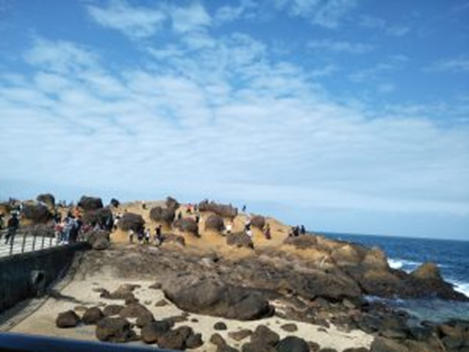
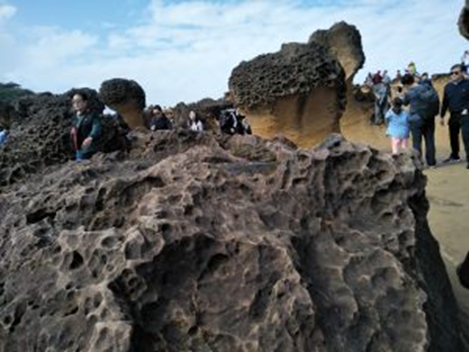

Notes:
As decided by Malaysia’s policymakers, all Malaysian passport holders are required to achieve a minimum pass in the national language, Bahasa Malaysia – in the Sijil Pelajaran Malaysia (SPM) to receive the result slip and corresponding certificate. From 2013, History or Sejarah was added to the list of must-pass subjects. Those without the SPM will need to sit for a standalone Bahasa Kebangsaan paper, offered at private colleges and universities. Separately, those who had obtained a minimum credit in their Bahasa Malaysia at SPM level need not do the otherwise compulsory subject.
In line with this, Chinese is optional in the majority of the schools. There are many types of schools, including the Sekolah Kebangsaan (SK) where emphasis is placed on the national language, Sekolah Antarabangsa or international schools, as well as Sekolah Swasta (private schools that offer the Malaysian syllabus). Therefore, even though one may consider herself/himself an ethnic Chinese, it does not necessarily mean that s/he is fluent in both the spoken and written forms of Chinese. There are those who may be able to speak but not read and write, while there are others who prefer to function in English. Of course, there are those who are fluent in Malay, English, Chinese and the dialect(s)/patois/creole(s) they speak at home. Malaysia is also diverse. There are communities including the Baba Nyonya/Peranakan Chinese, who creolise elements of Malay and Chinese culture to form their own, the Punjabis, the Orang Asli, and the Portuguese-Eurasians. Intermarriages, which are also not uncommon, add yet another dimension to the existing diversity in the former British colony.
***
ON THE TYPE OF CHINESE CHARACTERS USED:
In Taiwan, the locals use Traditional Chinese. On the contrary, those in Singapore, China and Malaysia generally do so in Simplified Chinese, where there are fewer strokes involved.

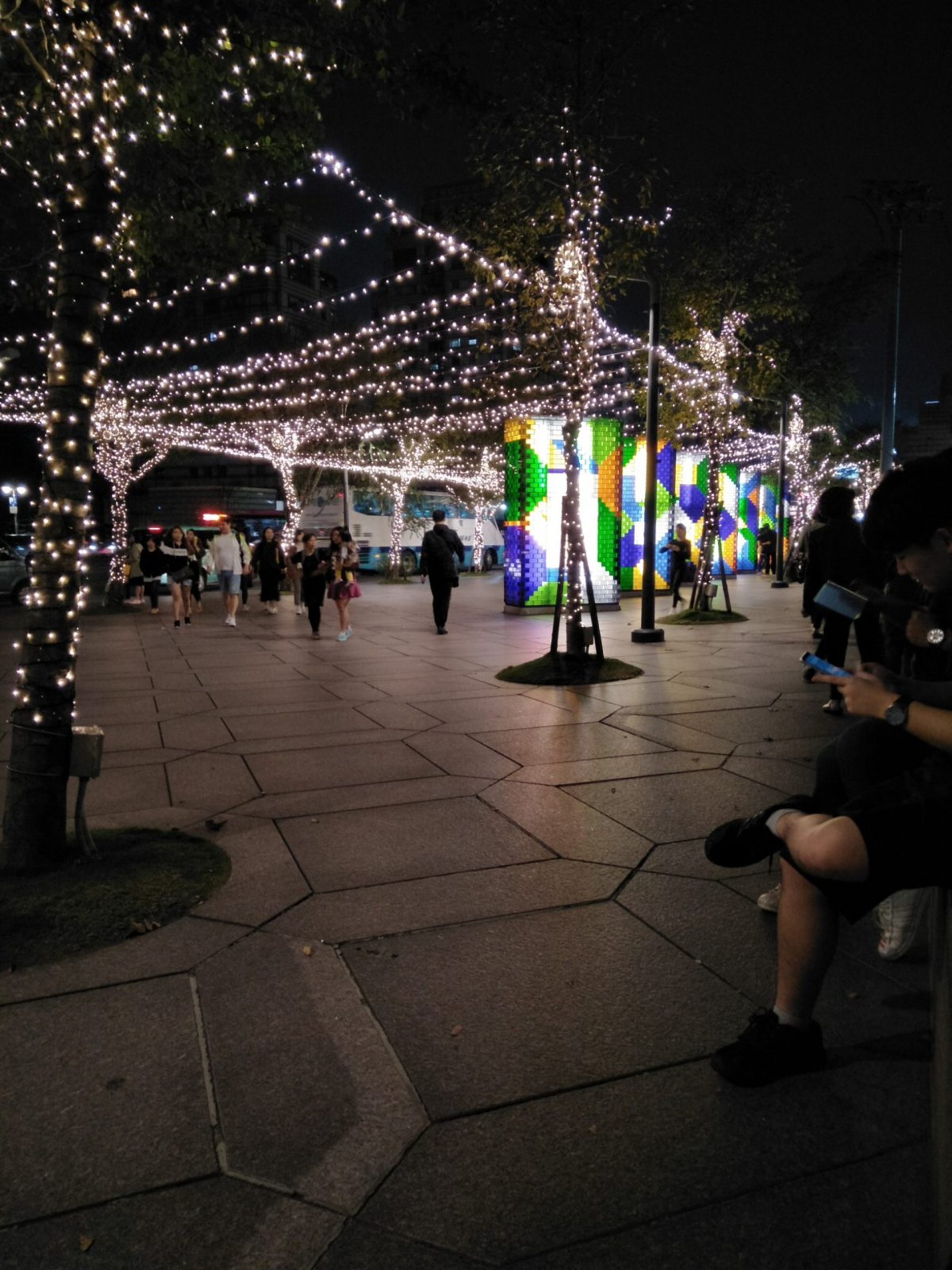














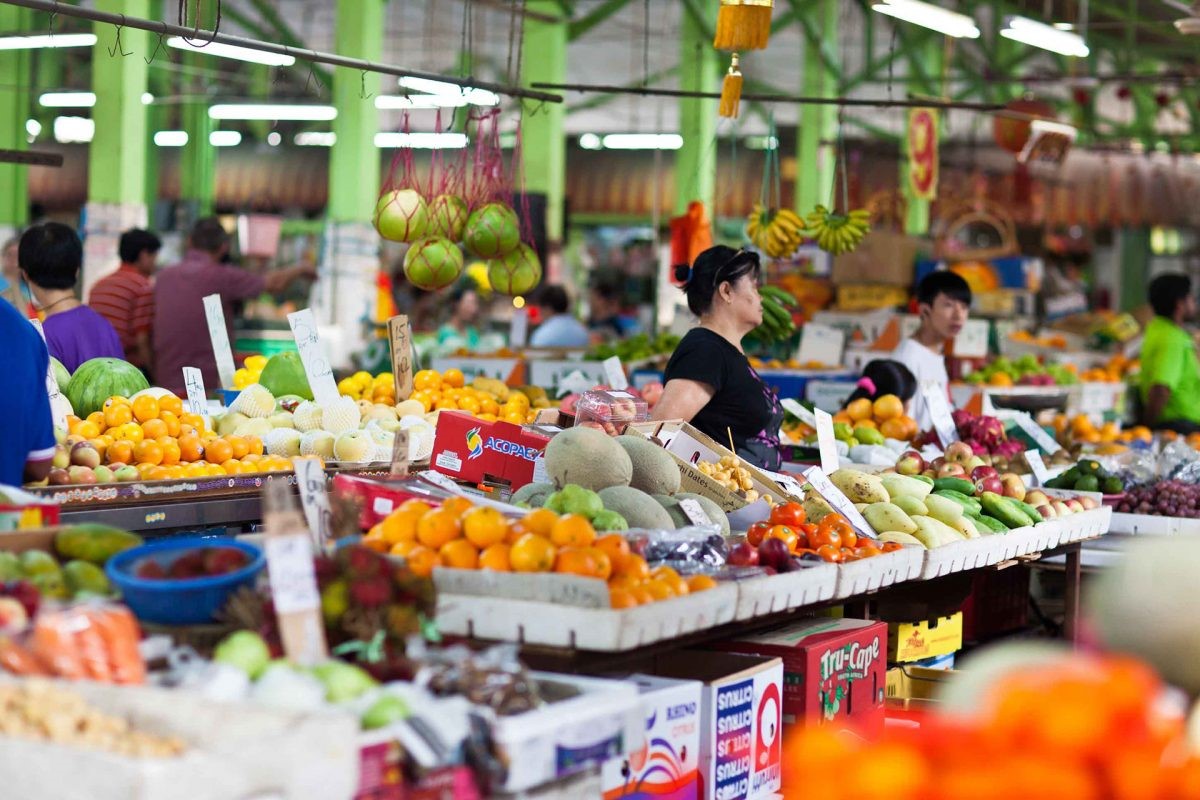

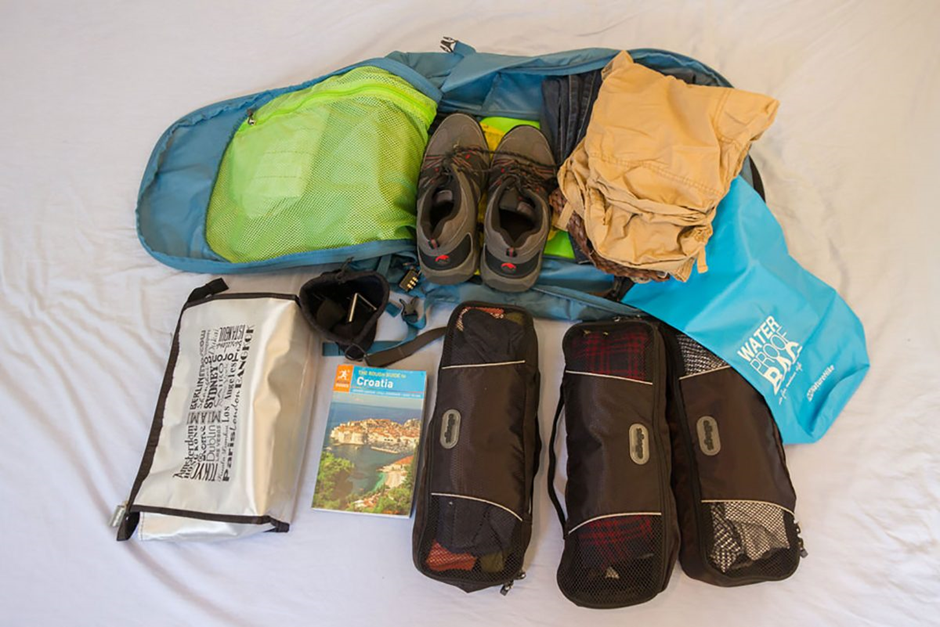
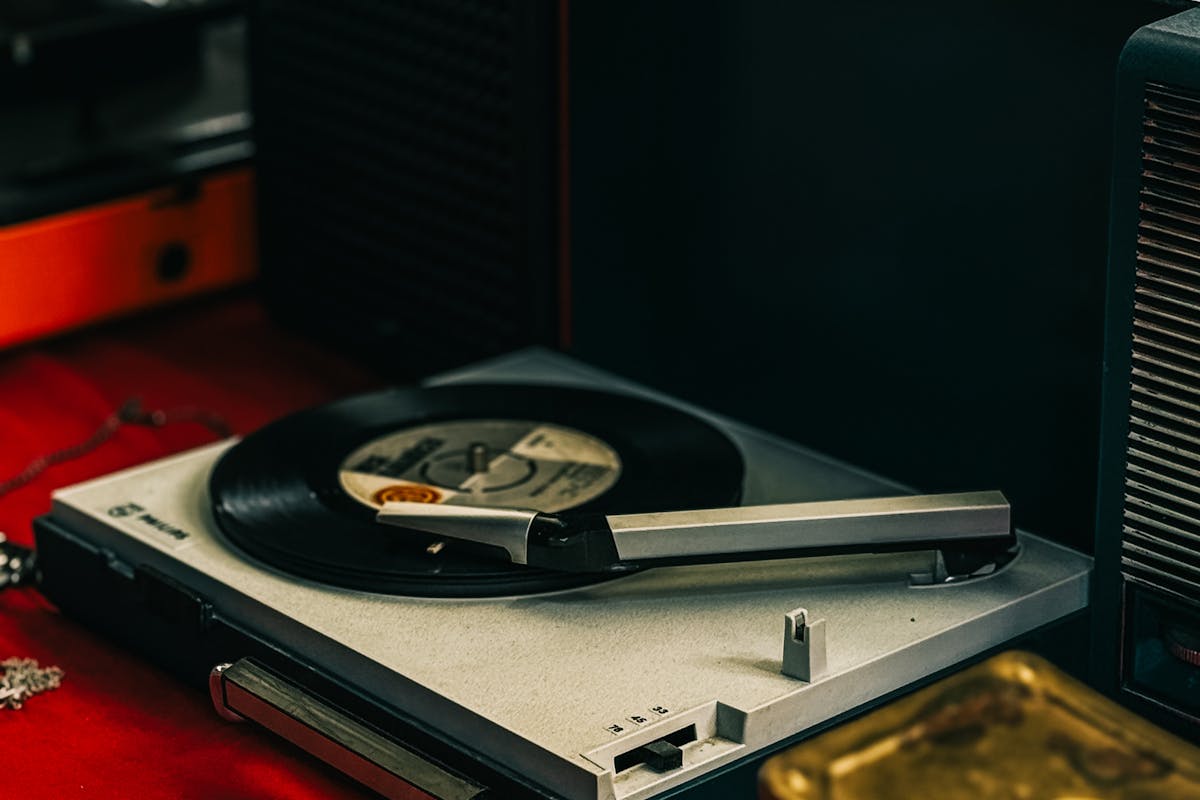
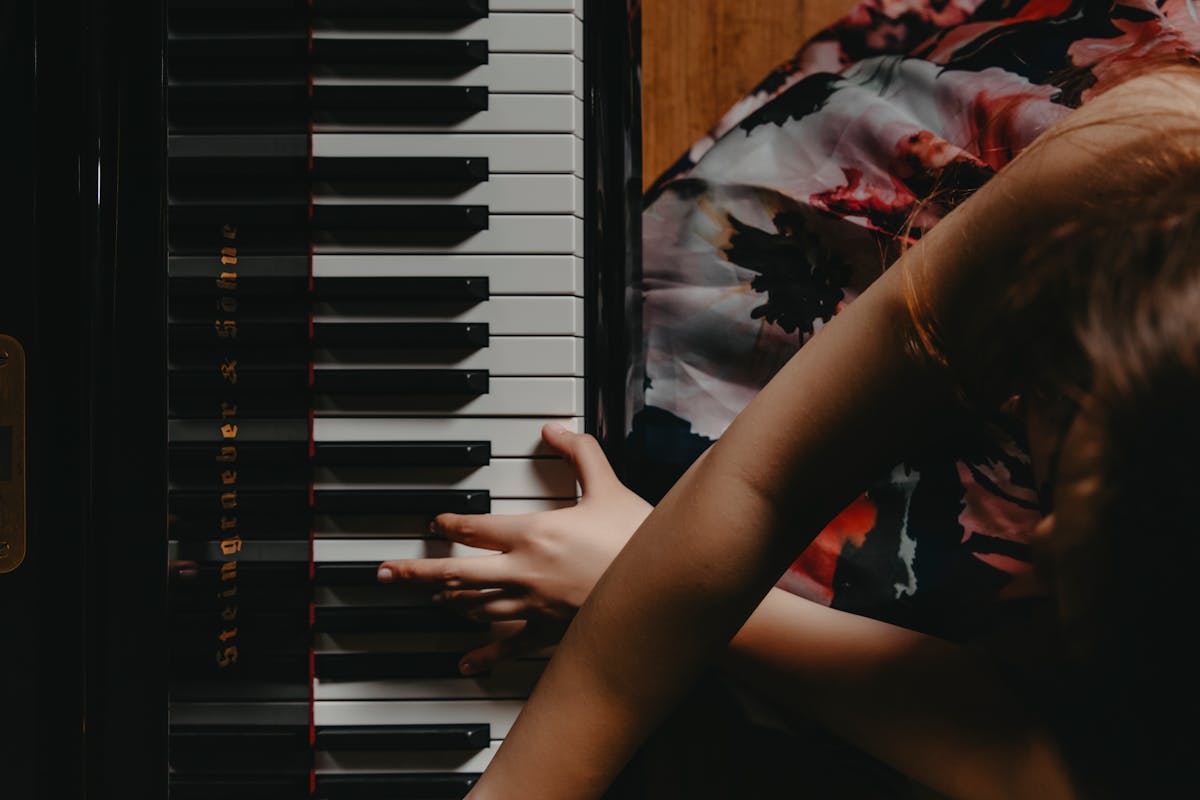

Showing 0 comments